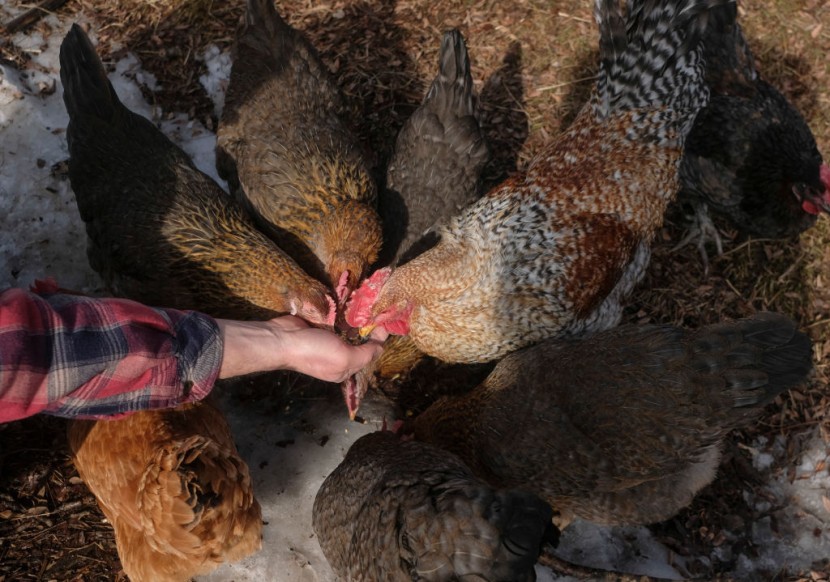Bird flu viruses could lead to the next pandemic, health experts warned.

As of writing, many wild birds are suffering from mass outbreaks of H5N1 (avian influenza type A).
New Scientist reported that mutations in H5N1 could allow its trains to infect humans, which can cause another pandemic.
A new study conducted by the MRC-University of Glasgow Center for Virus Research revealed this after discovering that some bird and swine flu viruses can mutate to avoid the human gene BTN3A3.
Bird Flu Could Lead to the Next Pandemic!
According to The Guardian's latest report, the BTN3A3 gene prevents most avian flu viruses from infecting people.

This gene is present in the lungs and upper respiratory tract of all humans. Thanks to the BTN3A3, these flu viruses can't easily replicate in the mentioned body organs. In short, BTN3A3 acts as a powerful barrier against swine and bird flu viruses.
Unfortunately, the new study stated that swine and bird flu viruses have a genetic mutation that could enable them to evade the BTN3A3 gene. Once this happens, they can infect humans as well.
"Spillover events of avian influenza A viruses (IAVs) to humans could represent the first step in a future pandemic," researchers said via their official study.
What Health Experts Can Do
Although mutations in swine and bird flu viruses can bypass the BTN3A3 gene, researchers said that there's one thing they can do to prevent human infections.
The new study suggested that resistance to the gene could allow them to determine what flu strains can lead to a human pandemic. To do this, they will test wild birds, poultry, and other animals vulnerable to the flu viruses.
"Understanding the barriers that block avian flu in humans means better-targeted solutions and better control measures to prevent the spillovers," explained Prof. Massimo Palmarini, the study's lead author.
The Glasgow Virology Research Center Director added that if they can identify viruses resistant to the human gene, they can conduct direct preventative measures sooner to prevent spillover.
© 2025 HNGN, All rights reserved. Do not reproduce without permission.








